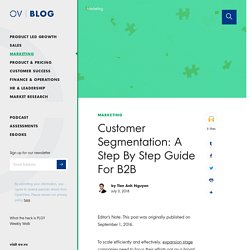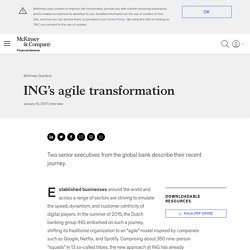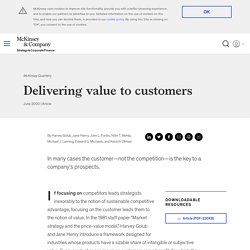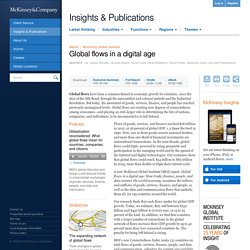

Performance Management and KPIs. © GettyImagesSouthAgency Set individual KPIs that boost your organization as a whole.

Managers often talk about performance. There are targets and objectives to achieve – at an individual and team level – to meet your organization's overall goals. But how do you measure performance? Sure, you know that your team works hard, and you likely have data to back it up. Key Performance Indicators (KPIs) can enable you to answer these questions, by quantifying individual and organizational goals, and evaluating performance accordingly. What Is a KPI? A Key Performance Indicator (KPI) is a quantifiable metric that reflects how well an organization is achieving its stated goals and objectives. For example, if one of your goals is to provide superior customer service, you could use a KPI to target the number of customer support requests that remain unsatisfied at the end of each week. KPIs link organizational vision to individual action. Figure 1 – How KPIs fit into an organizational structure. Businessinsider.
You can't expect negotiations with French to be like negotiations with Americans, and the same holds true for cultures around the world.

British linguist Richard D. Lewis charted communication patterns as well as leadership styles and cultural identities in his book, "When Cultures Collide," now in a 2005 third edition. His organization offers classes in cross-cultural communication for big clients ranging from Unilever to BMW. Customer Segmentation: A Step by Step Guide for Growth - OpenView Labs. Editor’s Note: This post was originally published on September 1, 2016.

To scale efficiently and effectively, expansion stage companies need to focus their efforts not on a broad universe of potential customers, but rather on a specific subset of customers who are most similar to their best current customers. The key to doing so is through customer segmentation. Customer Segmentation & Why it Matters At its most basic, customer segmentation (also known as market segmentation) is the division of potential customers in a given market into discrete groups.
That division is based on customers having similar enough: Needs, i.e., so that a single whole product can satisfy them.Buying characteristics, i.e., responses to messaging, marketing channels, and sales channels, that a single go-to-market approach can be used to sell to them competitively and economically. There are three main approaches to market segmentation: Business Model Canvas Explained.
The Return Map: Tracking Product Teams. Once time was money.
Now it is more valuable than money. A McKinsey study reports that, on average, companies lose 33% of after-tax profit when they ship products six months late, as compared with losses of 3.5% when they overspend 50% on product development. More and more, advanced manufacturers are learning that the time required to develop a new product has more influence on its success than its costs. Little wonder, then, that senior managers are working hard to reduce their new product development cycles. At Hewlett-Packard, well over 50% of sales come from products introduced during the past three years, and more than 500 product development projects are going on at any given time. ING’s agile transformation. Established businesses around the world and across a range of sectors are striving to emulate the speed, dynamism, and customer centricity of digital players.

What the Research Tells Us About Team Creativity and Innovation. Courtesy of NASA/ESA There are areas in the research on teams where the findings are all very clear, as are the prescriptions for leaders.

Creativity and innovation are not among them. We know how some factors affect creativity and innovation, but we’re only just beginning to understand some of the more complex relationships. Creativity researchers usually make a distinction between creativity and innovation. Innovation involves two stages—the generation of new ideas and the implementation of the ideas. The Explainer: Porter's Five Forces - HBR Video. Delivering value to customers. If focusing on competitors leads strategists inexorably to the notion of sustainable competitive advantage, focusing on the customer leads them to the notion of value.

In the 1981 staff paper "Market strategy and the price-value model," Harvey Golub and Jane Henry introduce a framework designed for industries whose products have a sizable share of intangible or subjective value. Every product or service gives customers some benefit, for which they are willing to pay up to some maximum price. In microeconomic terms, this maximum is the "reservation price," or, in Golub and Henry’s lexicon, simply the value the customer ascribes to the product. The strength of the buying proposition for any customer is a function of its value to that customer, minus the price—in other words, the surplus value that the customer will enjoy once that product is paid for. A 1988 staff paper by Michael J. Market strategy and the price-value model Harvey Golub and Jane Henry About the Authors John L. Michael J. Global flows in a digital age.
Global flows have been a common thread in economic growth for centuries, since the days of the Silk Road, through the mercantilist and colonial periods and the Industrial Revolution.

But today, the movement of goods, services, finance, and people has reached previously unimagined levels. Global flows are creating new degrees of connectedness among economies—and playing an ever-larger role in determining the fate of nations, companies, and individuals; to be unconnected is to fall behind. {title} - HBR Video.